Burmillas are a cross between chinchilla Persians and Burmese cats. These cats are a fun, friendly breed that loves to be part of the family. Learn more about living with a Burmilla cat.
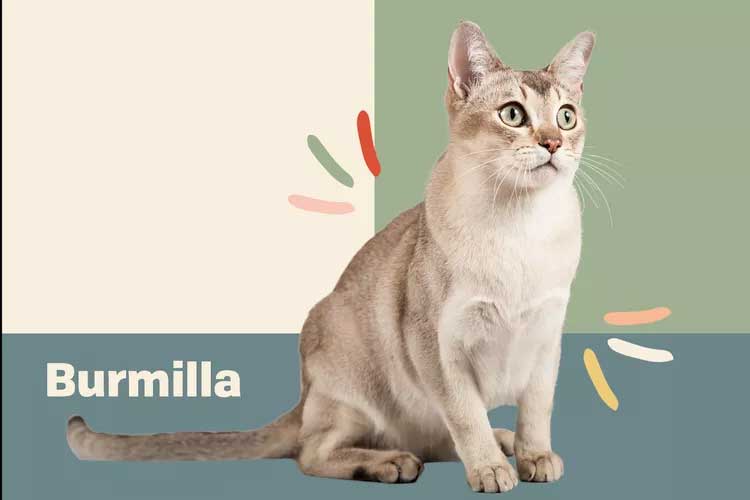
Burmilla Overview
| OFFICIAL NAME | Burmilla |
| COMMON NAME | Burmilla |
| PET HEIGHT | 10 to 12 inches |
| PET WEIGHT | 6 to 13 pounds |
| LIFESPAN | 7 to 12 years |
| GOOD WITH | cats, children, dogs, families, seniors |
| TEMPERAMENT | affectionate, bold, sociable |
| INTELLIGENCE | high |
| SHEDDING AMOUNT | infrequent |
| PLAYFULNESS | high |
| ENERGY LEVEL | active |
| VOCAL LEVEL | infrequent |
| COAT LENGTH | long, short |
| COLORS | black / ebony, blue / gray, chocolate / brown / sable, cream / beige / tan, lavender / silver, red / orange, white |
| OTHER TRAITS | easy to groom, easy to train, friendly toward humans, friendly toward other pets, friendly toward strangers, good for first-time pet owners, good lap cat, high potential for weight gain, strong loyalty tendencies, tolerates being picked up |
The Burmilla is easygoing, affectionate, and social. These beautiful cats are a cross between chinchilla-colored Persian and Burmese cats, which results in Burmillas' outgoing but laid-back personalities.
This breed is known for a super-soft coat and bright green eyes. Burmillas need only minimal care and get along with everyone, so they make great first pets and family cats.
Burmillas came into existence in the 1980s and still remain relatively rare. Because of their rareness and complicated four-generation breeding process, Burmilla kittens typically cost between $800–$1,200 from a reputable breeder.
Appearance
The Burmilla has an elegant appearance, soft fur, and an athletic, medium-sized body that's heavy and sturdy. This breed typically weighs between 6–13 pounds, with males tending to weigh more than females.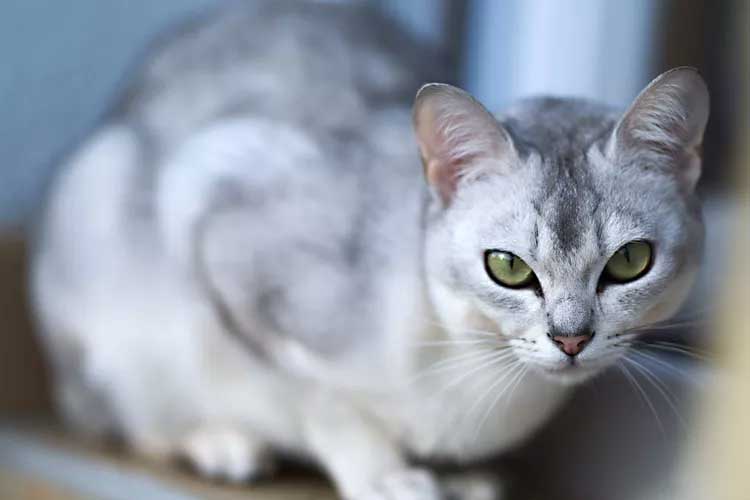
Distinguishing features of these cats include their shiny, smooth coats and the black rimming around their eyes and noses. The darkened, eyeliner-like look gives these cats the appearance of being all made up for a glamorous night out. These striking felines also have bright green eyes, which sometimes darken with age.
Burmilla coats can be long or short, and come in silver, black, blue, brown, cream, lilac, red, or a tortoiseshell or point pattern. Though their coat colors vary drastically, Burmillas are typically known for shining, silver-tipped coats. These cats' coats shed very little and require only weekly brushing.
Temperament
Burmillas are gentle, playful, and loyal companions. The cross between the bold, demanding Burmese personality and placid, tolerant Persian temperament resulted in the Burmilla's social and easygoing nature. These cats are friendly and engaging without being needy.This gregarious breed loves human company and family life. Burmillas typically get along well with children, other cats, and cat-friendly dogs. Though they're social, this breed does enjoy some independence and they don't need to be constantly entertained by people or other playmates.
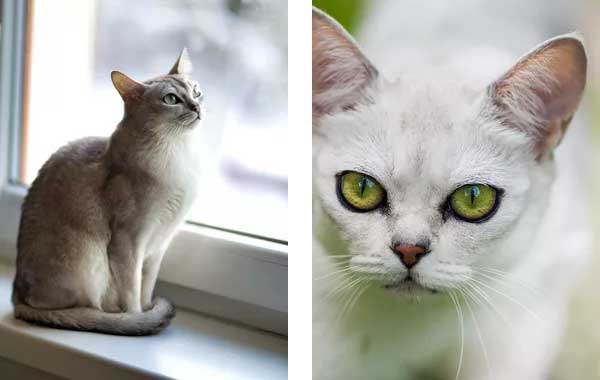
Overall, the Burmilla is a sweet, good-natured pet. These cats love to lounge in your lap and will keep a zest for playtime well into adulthood.
"The Burmilla cat often shows kitten-like characteristics even as they mature into adulthood," says Kurt Venator, DVM, PhD, and Chief Veterinary Officer at Purina.
Living Needs
Burmillas love interaction and enjoy quality time spent with their beloved humans. Because they're such an intelligent breed, they crave connection and acknowledgement. They won't meow endlessly for your attention, but they do want lots of love. The ideal Burmilla owner or family should be ready to engage in lots of play and one-on-one time. This breed is able to get along with almost anyone—dogs, other cats, strangers, and children can all be loving companions of these easygoing felines.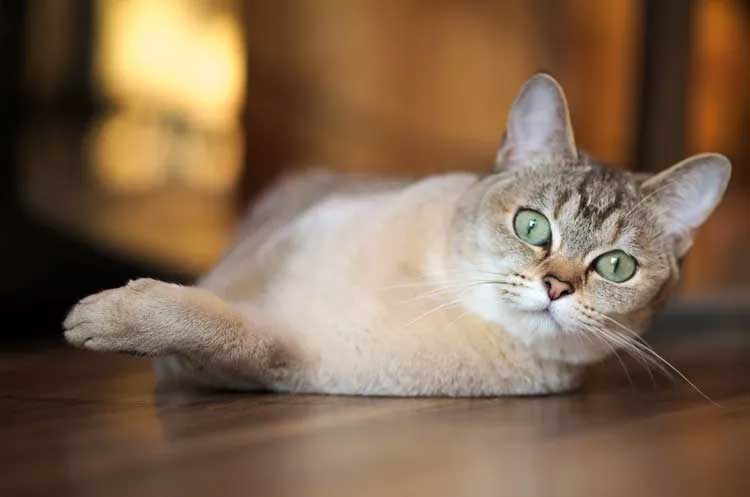
Just because they appreciate affection doesn't mean this breed is needy. In fact, the Burmilla requires some time on their own. Be sure to give your cat some space to do her own thing occasionally. Don't give her too much space, though, as these kitties can become bored and anxious when they go too long without human companionship. A home that's quiet, predictable, and offers constant human companionship is the Burmilla's dream.
Though Burmillas are typically indoor cats, they can have fun exploring the outside world safely on a leash. During the hot months, be sure to keep your Burmilla inside where it's cool, as these cats are sensitive to heat.
Burmillas can be a bit clumsy, and they absolutely love to climb and conquer. Loose knickknacks and unstable shelving won't last long with this breed around. To keep her happy, always make sure your Burmilla has tall cat trees, shelves, and high-up hammocks to scale and snooze on.
Care
Grooming your Burmilla should be relatively easy, whether her hair is long or short. Both coat lengths are prone to matting, but weekly brushing should be enough to mitigate any serious knots and tangles. A stainless-steel comb is a good tool to use. These cats will also need regular nail trims, ear cleanings, and dental care.The Burmilla has the same fitness routine as most other cat breeds, with regular bursts of energetic play and long sleeping hours. Cat trees, interactive toys, and one-on-one play will help keep your pet active.
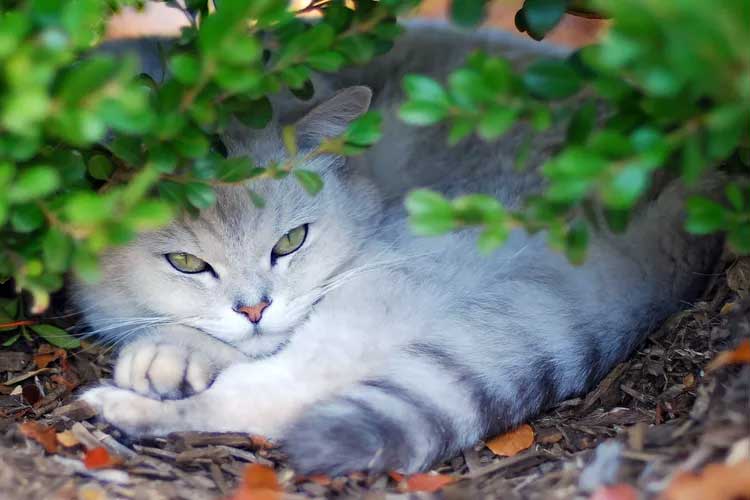
This intelligent breed is easy to train and can have fun learning. Introducing them to scratching posts and litter boxes will likely be an easy task.
Early, gentle socialization will help your Burmilla feel comfortable and safe. When these cats are properly introduced to other people and pets, they will be friendly and engaging.
Burmillas should be fed a diet of high-quality cat food recommended by your veterinarian. This breed can become overweight, so it's important to make sure you don't overfeed them.
Health
Burmilla cats are a typically healthy breed with an expected lifespan of 7–12 years. These cats are prone to a few health issues, though, primarily allergies and kidney problems."The Burmilla is known to develop polycystic kidney disease as they age," Venator says. "Which can move to the formation of cysts in their kidneys, often leading to renal failure."
Responsible breeders will test kittens for health issues, but it's important to keep regularly scheduled vet appointments and take the advice of your cat's vet.
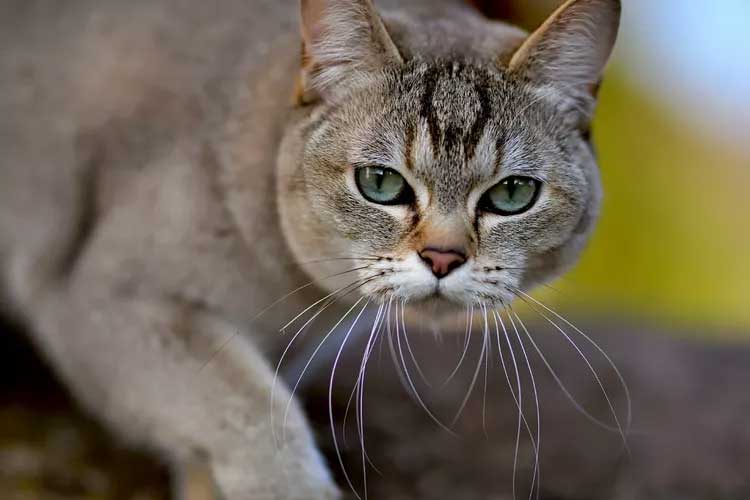
History
The Burmilla came into existence in the UK in the 1980s, according to the Cat Fanciers' Association. The breed wasn't created on purpose—in fact, the first Burmilla was the result of an accidental mating between a chinchilla Persian (a Persian with a silvery coat) and Burmese cat. The Baroness Miranda Von Kirchberg, who owned the chinchilla and Burmese parents, was instantly taken by the resulting litter of kittens with striking, thick coats and gentle temperaments.After the accidental discovery of the Burmilla—named for the Burmese and chinchilla—work was done to preserve and expand the breed. The breed has only recently been recognized by breeding organizations and remains relatively rare.
Fun Facts
The Burmilla is the most recent breed to be accepted as a pedigreed breed by the Cat Fanciers Association.These cats' existence is a stroke of pure luck. The chinchilla Persian who fathered the Burmilla breed was scheduled to be neutered just before unexpectedly mating with the Burmese mama cat.
"Full Burmillas" require four generations of breeding, where the resulting cats from each litter are then bred back with Burmese cats until the desired breed standard is achieved.